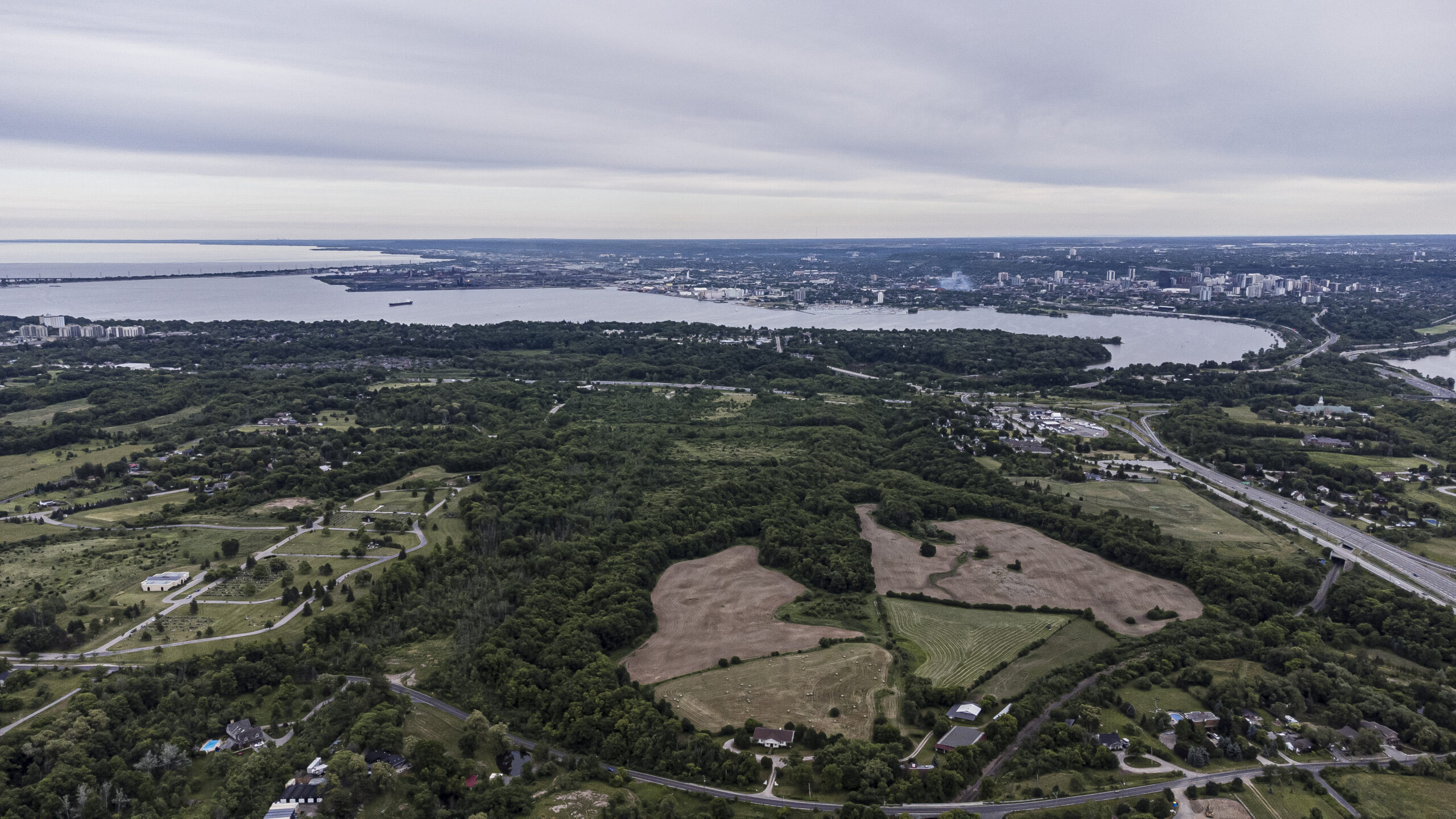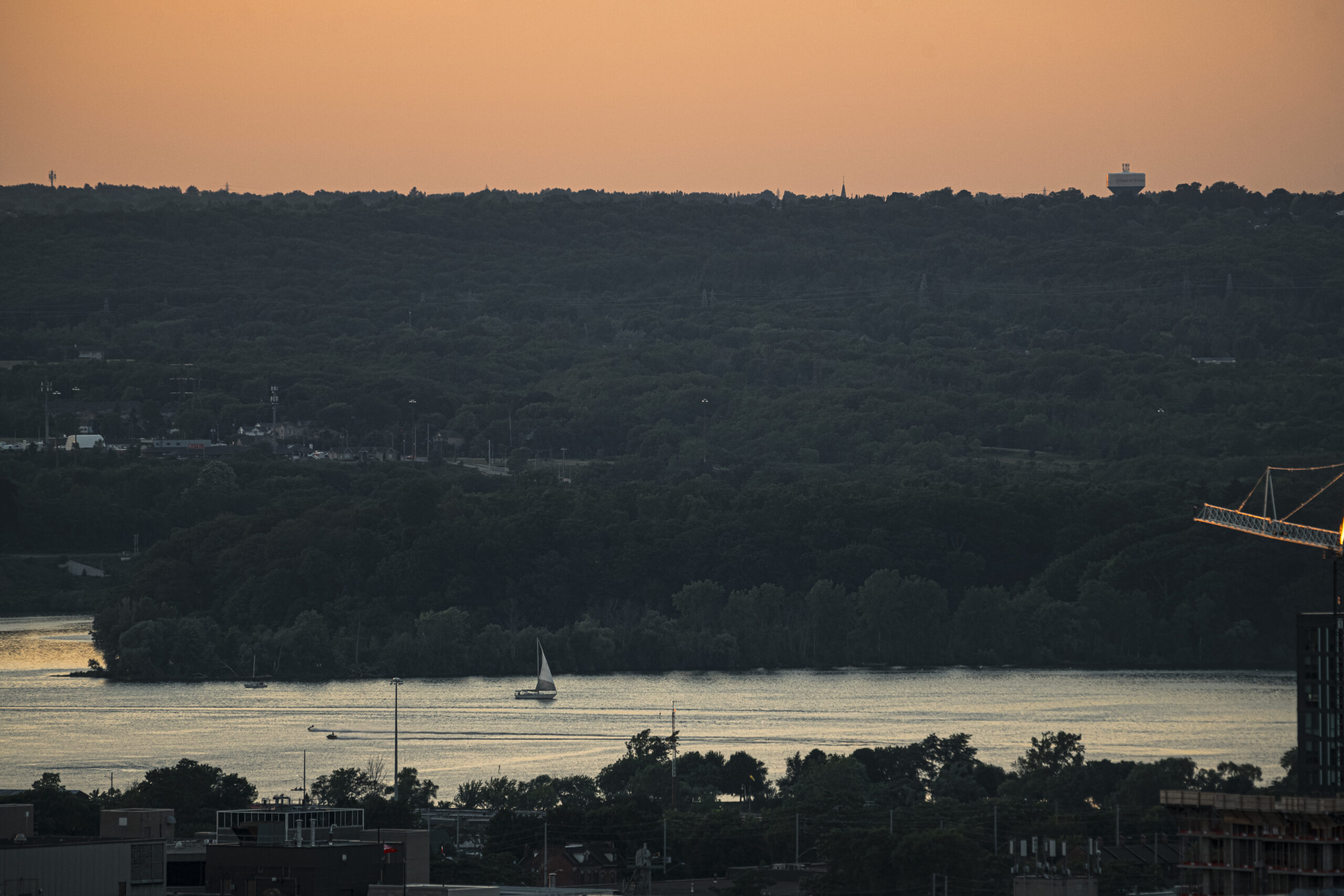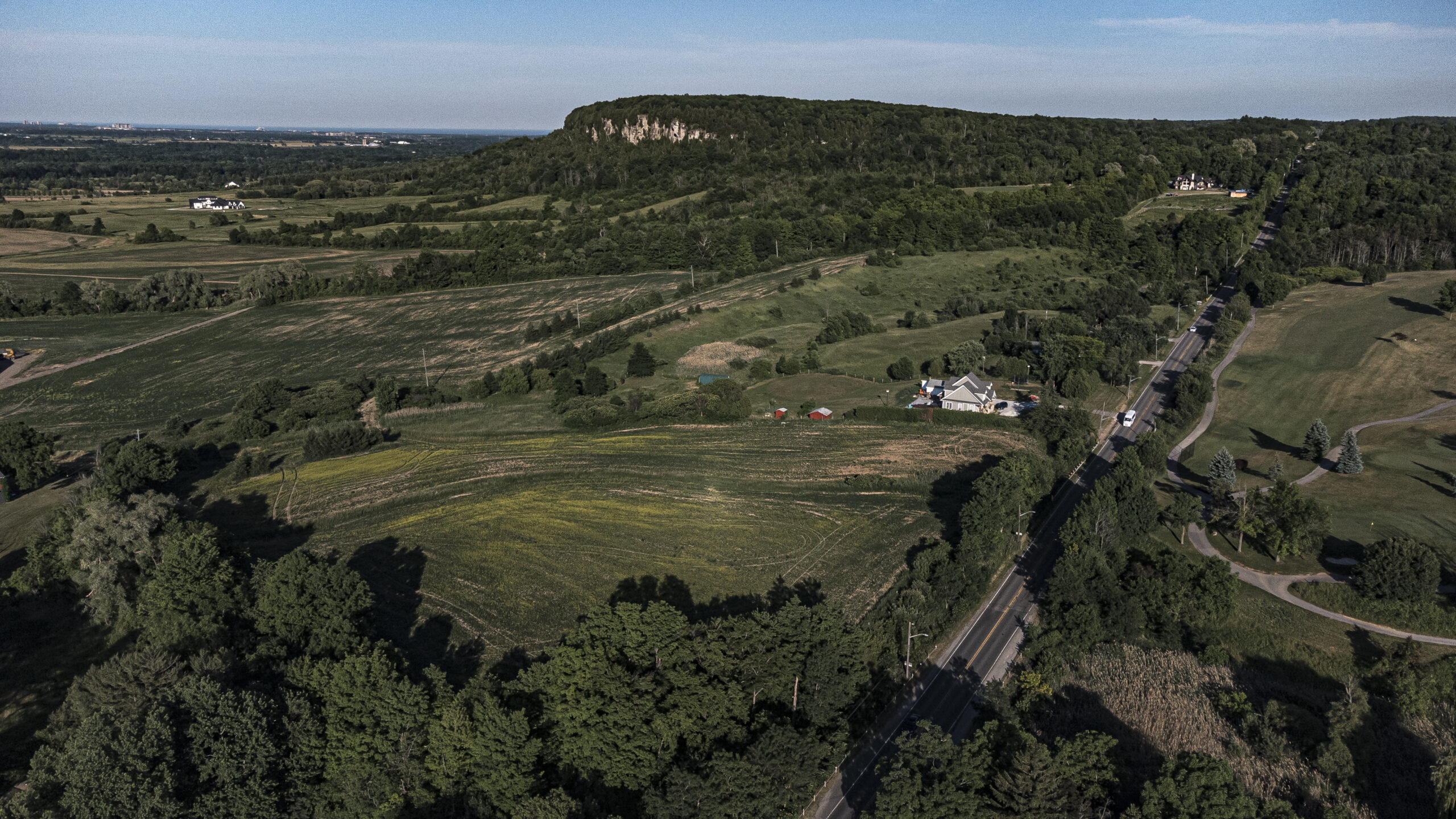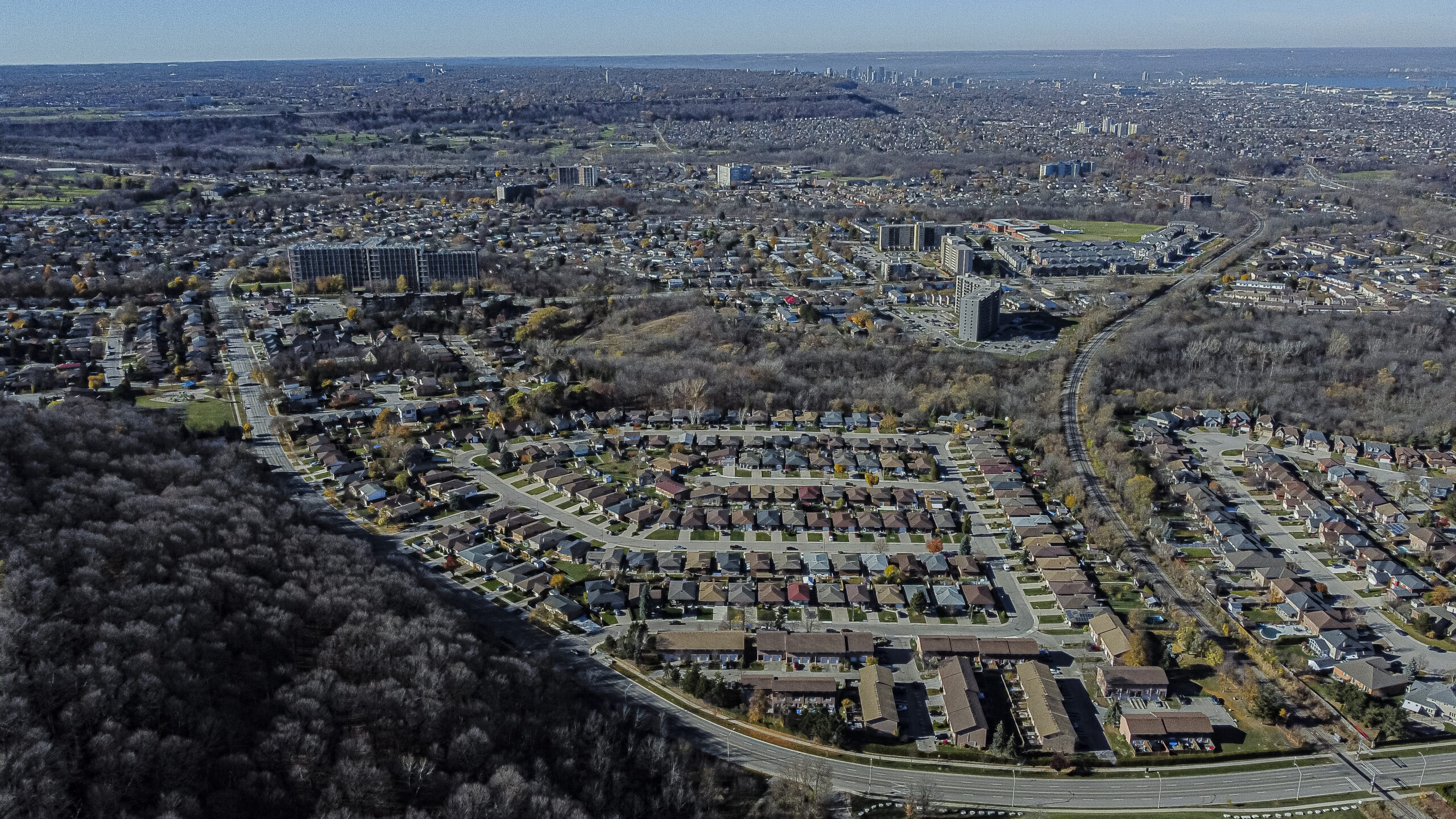
Court halts mine expansion as First Nation challenges B.C.’s decision to greenlight it
Court sides with Xatśūll First Nation, temporarily halting Mount Polley mine waste expansion
The Ontario government gave municipalities and conservation authorities just three days notice before imposing sweeping changes that stripped away key environmental oversight powers and budgets, reveal leaked letters obtained by The Narwhal.
The government sent two letters, one from Natural Resources Minister Graydon Smith, to city officials around 6 p.m. on Dec. 28, while the offices of city councils and conservation authorities were largely shuttered for the holiday break. The letters fulfilled changes outlined in last fall’s Bill 23, or the More Homes Built Faster Act, quicker than most expected, removing many powers and financial tools conservation authorities use to oversee and protect vital watersheds.
Just days before the letters went out, Ontario’s auditor general expressed concern the government is failing to truly consider expert opinions or the results of public consulations: it is legally mandated to do so “meaningfully” for changes of this nature. The Dec. 28 letters indicated consultations on all changes to conservation authority regulations would conclude on Dec. 30.
As 2023 gets underway, conservation authorities are no longer able to review or mandate changes to development applications that could impact things like significant woodlots, valley lands, fish habitat or species at risk. The agencies were also ordered to freeze fees charged to developers for any reviews done this year.
Conservation authorities have provided these services for over 50 years. As development applications spurred by the Doug Ford government’s recent changes to housing policy start piling up, these letters have once again left municipalities scrambling to figure out how to fund and provide important environmental protections with no support from the provincial government.
“Like Bill 23, this was just dropped on us, with no consultation or time to figure things out,” Colin Best, president of the Association of Municipalities Ontario, told The Narwhal. “It’s caused a lot of confusion and will have a lot of unintended consequences as we see a troubling delineation of planning and environmental management.”
“Worst case scenario: flood risk will increase,” Best said. “The [Ontario] government doesn’t understand that we need conservation authorities. And we need better communication and to work together.”
The Narwhal reviewed both letters and sent detailed questions to Smith about the timing and contents of the communication.
“It is inaccurate to say that these changes were not consulted on or that conservation authorities had no prior knowledge of these changes, as both of these things occurred,” Melissa Candelaria, Smith’s spokesperson, wrote in an emailed statement.
Candelaria cited a November technical briefing, a presentation given by ministry staff and bureaucrats, on the proposed changes. That briefing did not reveal a firm timeline for these changes: the January 1 deadline was mentioned for the very first time in the letters. She added the government “is continuing to review public feedback before decisions on the regulation are made.”

Hassaan Basit, the head of Conservation Halton, told The Narwhal he believed “there would be more time to prepare for any proposed changes,” especially after agencies like his provided detailed, lengthy feedback.
“We were waiting to see if any changes would be made,” Basit said, but the late-December letters made clear that at least two of the dozens of changes the province is making to environmental oversight of development are going ahead without amendments.
Candelaria wrote that since 2019, the province has consulted “on the core role of conservation authorities in preparing and protecting against the impacts of natural hazards, maintaining and managing conservation lands, and their role in drinking water source protection.”
But the Ford government did not discuss Bill 23 specifically with the agencies or their municipal partners before releasing it, and has since ignored repeated calls to reconvene a working group of conservation authorities and developers that it originally created itself.
Candelaria also said the latest changes “did not add additional burden onto municipalities, and does not require municipalities to create a new system of review for natural heritage-related development applications.”
But a number of municipalities disagree. Since Bill 23 was released, several local politicians and planning heads have told The Narwhal they will struggle to manage this additional workload, a sentiment echoed this week by recently re-elected Hamilton city councillor JP Danko.
“You can’t end a regulatory procedure in three days and expect there to be no impact,” Danko told The Narwhal. He added that municipal reliance on conservation authorities won’t end that easily.
“It can’t,” Danko said, noting that establishing new rules in a longstanding relationship will take time, even if the Ford government doesn’t provide any. “The province doesn’t realize the full impact of this decision. Their approach is very simplistic: they just do and don’t think, or don’t care. And if we don’t play ball, they’ll take the ball away.”

The Dec. 28 letter from Smith was sent to all 36 conservation authorities, detailing a “minister’s direction” that froze all planning and development fees for 2023. Conservation authorities charge builders between $200 and $20,000 for environmental reviews of projects to mitigate any harm it may cause.
The philosophy behind these fees is to ensure “development pays for development,” Coleman said. The fee is determined based on the size and scope of each proposal and has repeatedly been cited by the Ford government as a burdensome cost slowing down the construction of new homes. But the fees are an important revenue source for smaller and rural municipalities and conservation authorities that use them to fund environmental oversight programs.
Tim Pidduck, head of Crowe Valley Conservation Authority in northeastern Ontario, told The Narwhal his agency was already working with limited resources and relies on development fees to cover a significant portion of its work. Over 60 per cent of his agency’s budget came from these fees, he explained. “It really is a catch-22 type of scenario our authority has been placed in to deliver the program, since our rural member municipalities also only have limited means,” he said.
Pidduck said the government’s letters ignore the larger consequences and costs of development. “It makes no sense to allow new development in a flood hazard and then when a flood occurs pay additional millions of extra dollars to cover the damaging effects,” he said. Ontario has long experienced fewer costly floods than most other parts of Canada, with many citing conservation authorities as a key reason. “We need to work with nature, not against nature.”
In his letter, Smith provides few details or acknowledgement of the significance of this funding source to municipalities. “If it is in the public interest to do so, I will provide further direction or clarification at a later date related to the matters set out in this Direction,” he wrote.
Candelaria told The Narwhal this is “a short-term, temporary freeze.” She added: “We expect [conservation authorities], that didn’t keep up or are unable to offset increasing costs, to work with their municipal partners to find a solution.”
Coleman worries this decision will download costs to taxpayers. Several cities across Ontario, including Toronto, Mississauga, Brampton, Vaughan and Newmarket, have already warned of increasing property taxes because of how Bill 23 will reduce development revenue.
“Cities are not adding to the cost of housing or development. We only collect what we need to build the infrastructure developers need to get shovels in the ground — no more, no less,” Mississauga Mayor Bonnie Crombie told real estate publication Storeys. “Taxpayers should not fund developer profits.”

Aside from Smith’s letter, Jennifer Keyes, a senior policy director with the Ministry of Natural Resources and Forestry, wrote a separate message on the evening of Dec. 28 to conservation authorities and the municipalities.
Keyes wrote that in the new year — two working days later — conservation authorities would no longer be able to review or mandate changes to development applications impacting any natural heritage system, such as waterways, ravine trails and farmland. That includes applications that could impact significant protected areas such as the Niagara Escarpment and the Oak Ridges Moraine. Authorities would also not be able to review applications that could affect migration corridors, sections of land that allow plants and animals to move from one area to another.
Instead, since Jan. 1, they can only review development applications that could cause flooding, erosion or other natural hazards.
Keyes wrote that “this is a time of significant transition for conservation authorities and their member municipalities.”
Six conservation authority heads told The Narwhal almost every development application — from municipal official plans to proposals for public works projects like sewer pipes and transit lines — impacts natural heritage. For decades, their agencies have been reviewing such proposals and adding requirements to lessen or eliminate their impact, with municipalities entirely dependent on their expertise.
All the conservation heads who spoke to The Narwhal said this rushed decision will likely result in increased costs to municipalities while also increasing the time it takes to conduct reviews — all counterproductive if the province’s goal is to make development approvals cost-effective and timely.
One told The Narwhal municipalities are “frustrated and flummoxed” on how to manage the transition without guidance or additional funding. A number of authorities and municipalities, including Halton and Hamilton, discussed the new rules set out in letters for the first time last week, when city councils returned from the holiday break.

The challenge is especially great for small municipalities without biologists, ecologists or other environment experts on staff. “It left a significant vacuum for them,” Geoff Cade, manager of water and planning at the Ausable Bayfield Conservation Authority in western Ontario, told The Narwhal. “And they’re really struggling on how to address this with no resources. Heads are reeling. We had no transition, no warning.”
Cade said it’s not as simple as telling municipalities to hire consultants: there are a limited number of appropriate experts in Ontario and many are already on staff at conservation authorities. Hiring external experts would also cost more than partnering with conservation authorities, which are able to work with multiple nearby municipalities and take a holistic watershed approach to ensure development in one region won’t harm the environment or neighbourhoods elsewhere.
Cade said the letters are “loud and clear: we’re on our own.”
“It’s inevitable that some of these environmental matters will fall by the wayside,” Angela Coleman, head of Conservation Ontario, the body that represents all 36 agencies, told The Narwhal. “Giving people little time to figure out how to implement complicated and very important policy and procedure successfully isn’t constructive.”
Coleman says the province remains ignorant of the vast consequences of their decisions. “I’m concerned they are taking apart all the natural environment that is pretty intrinsically linked to flooding,” she said.
“We’re moving from a framework where we had certainty to one without certainty. And it’s all 100 per cent calculated and intentional. Why else would they send letters on December 28 when everyone is on holiday?”
Get the inside scoop on The Narwhal’s environment and climate reporting by signing up for our free newsletter. On a warm September evening nearly 15...
Continue reading
Court sides with Xatśūll First Nation, temporarily halting Mount Polley mine waste expansion

Break out the champagne: Emma’s storied life and leadership in journalism has earned her the...

How can we limit damage from disasters like the 2024 Toronto floods? In this explainer...
